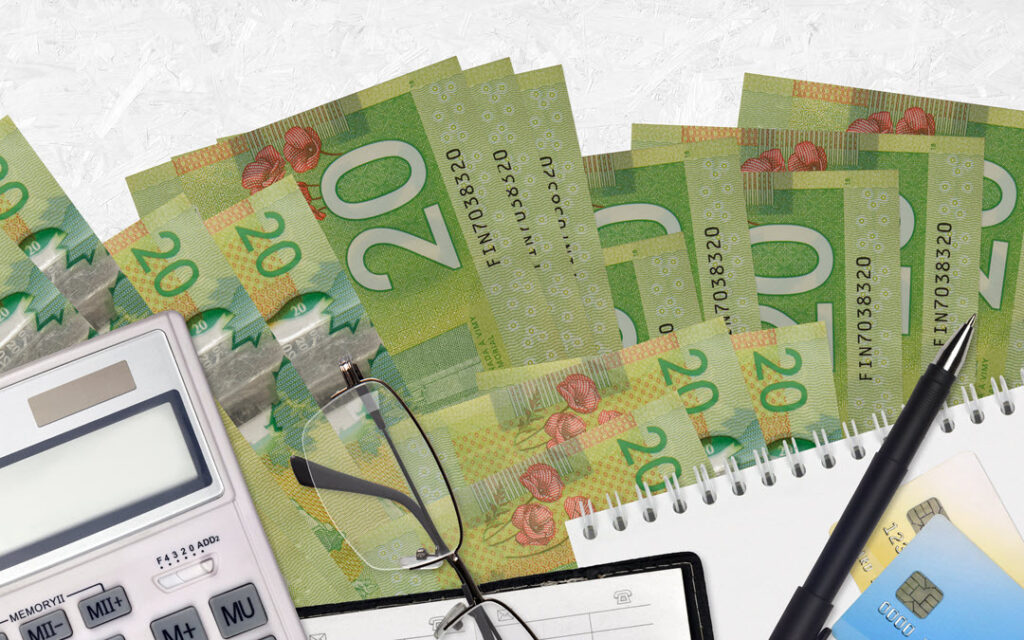
Climate Action Incentive Payments or “CAIP”, (previously Carbon Tax Rebate) are benefits paid to residents of Canada by the Federal government to help offset the detrimental effect of carbon taxes on lower income families, much like Child Tax benefits or GST Credits. In order to qualify, you must have filed your income tax return the previous year proving your income and dependents. The amount of Climate Action Incentive Payment you receive is determined by family members on your tax return. Essentially, you can think of it like an income tax refund that comes throughout the year (paid quarterly) instead of at the end of the year. Keep in mind, Canada Revenue Agency (“CRA”) issues these benefits the following year for the tax year to which they apply, i.e.. the 2021 benefit is being paid out in July 2022, October 2022 and January 2023.
If the government determines that your family meets the threshold for benefits, they will be sent to you automatically every quarter and no further action on your part is required. Unlike Child tax benefits that go to the lower income earner in a family, it appears the CAIP is paid to the family member whose tax return was assessed first by CRA.
If the benefit is issued to someone who has declared Bankruptcy in 2021 or 2022, the benefit is considered a non-exempt asset, like a tax refund, and becomes part of their bankrupt estate for the benefit of the creditors. The entire benefit is paid to the Trustee of the bankrupt estate, regardless of whether this benefit was for a single person (the bankrupt) or includes the family top up portion (non-bankrupt persons). If the benefit was issued to the spouse of the person who declared bankruptcy, no portion is allocated to the bankrupt estate. We understand that seems somewhat unfair in the scheme of things, but that’s the directive of the Bankruptcy and Insolvency Act and the Income Tax Act.
Let’s explain; Larry and Susan are married and have two children. We’ll use round numbers to keep it simple. Larry gets $200 CAIP, Susan gets $200 CAIP and they receive $50 CAIP for each of their children so $500 for the family. The benefit gets issued in Larry’s name, and Larry declared Bankruptcy in 2022. The $500 benefit would go to Larry’s Trustee and get split up amongst his creditors. If Susan had declared Bankruptcy not Larry, and the benefit was issued in Larry’s name, the family would keep the benefit, and none would go to the Trustee or the creditors. Vice Versa, if the benefit was issued in Susan’s name and Larry was bankrupt, the family keeps the benefit.
The good news is that this benefit is only required to be paid directly to the Trustee for two years. If the government continues to provide this benefit to lower-income families, in the second year following an assignment into Bankruptcy, Larry and Susan get to keep all the benefits issued. Unless the benefit gets issued to Susan in that year and she files for Bankruptcy, the same thing happens. The Trustee keeps the benefits in that calendar year and for one year following for her creditors, and around and around we go.
The direction provided to Trustee’s can be found here.

Money can be a tricky topic in any marriage, and one of the biggest concerns couples have is whether they’re responsible for each other’s debt.

Losing a loved one is already difficult, and handling their financial affairs can add unexpected stress. One of the biggest concerns facing families is: “What

When facing overwhelming debt, it can feel like there’s no way out. Even if bankruptcy is on the table, it doesn’t mean starting from zero.